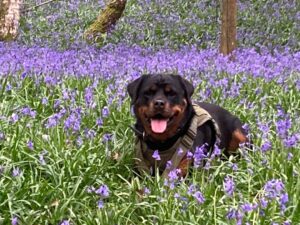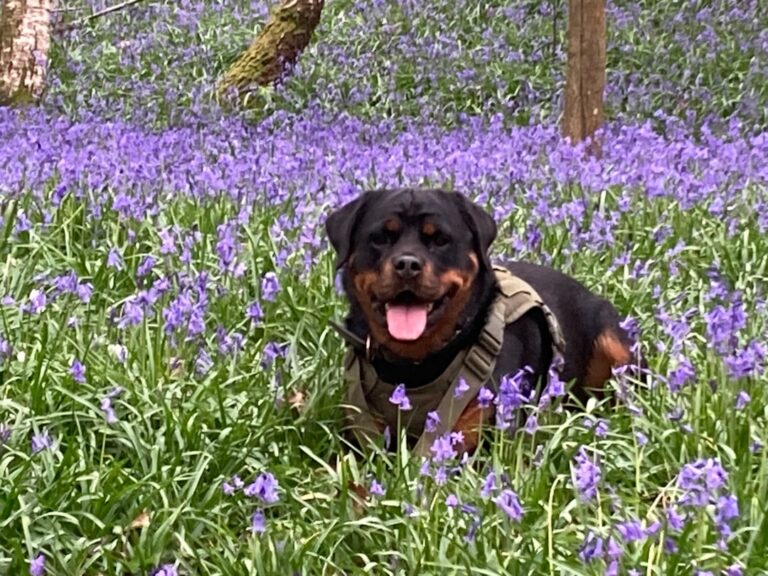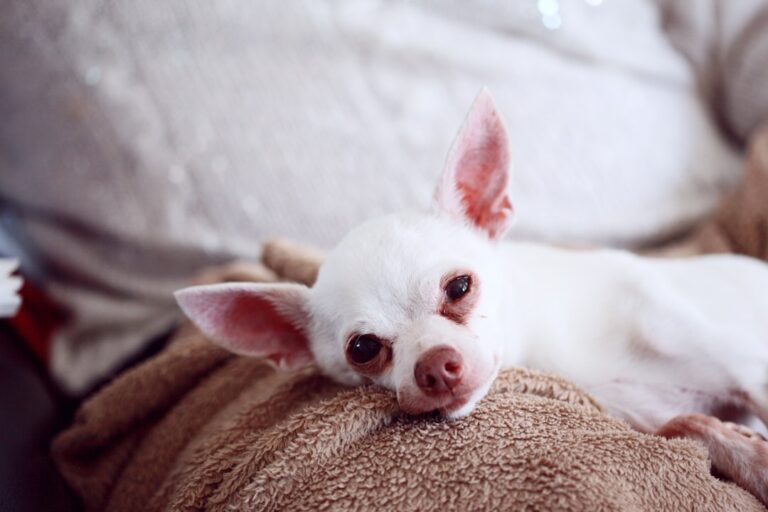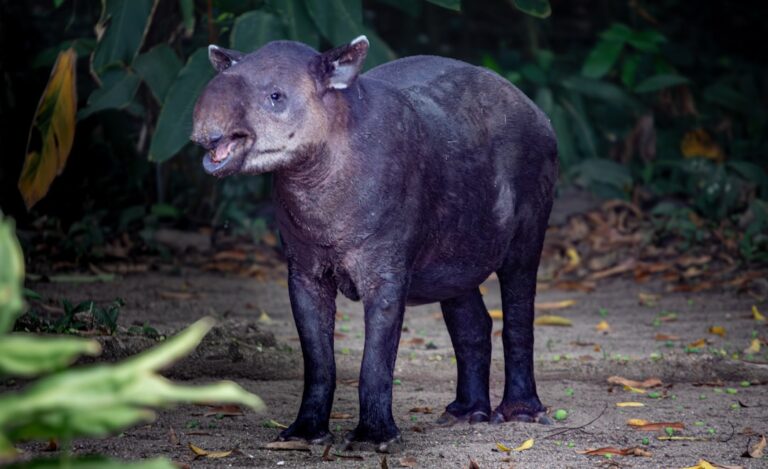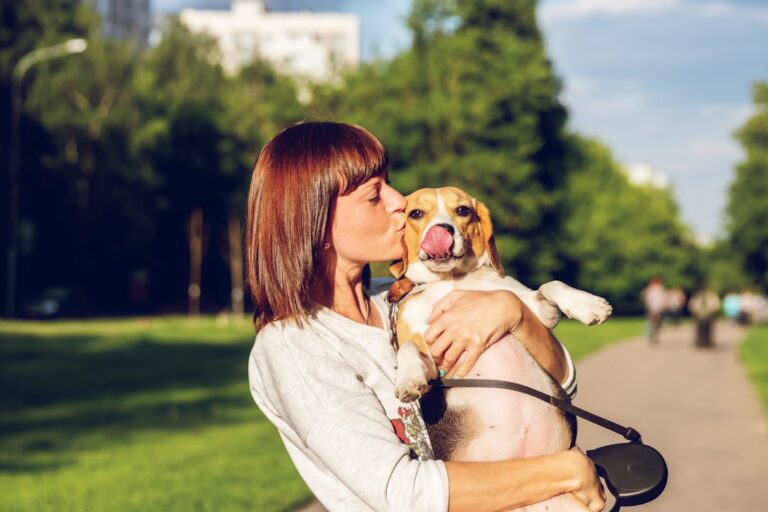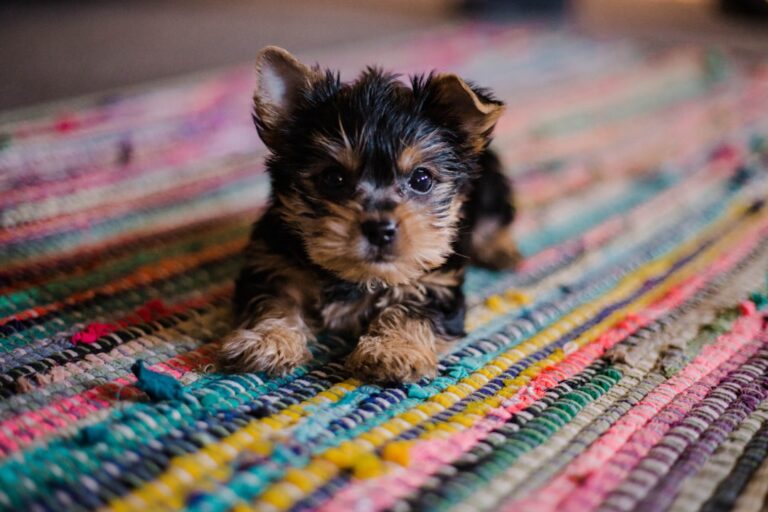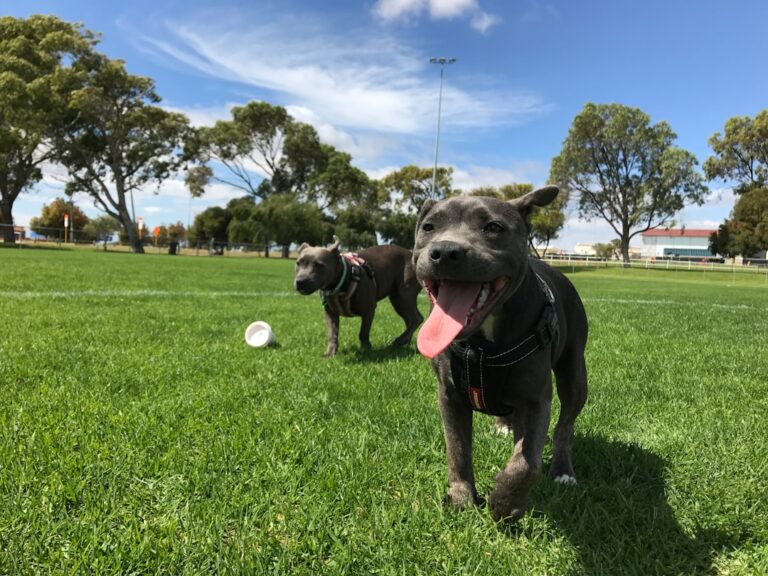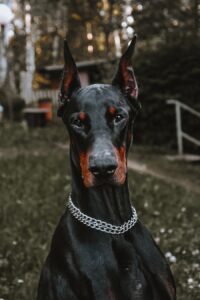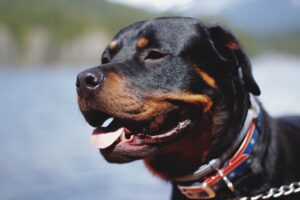The Cocker Spaniel has a rich and storied history that traces back to the early 14th century in Spain, where the breed was originally developed as a hunting dog. The term “spaniel” itself is derived from the word “Spanish,” indicating the breed’s origins. These dogs were primarily bred for flushing game birds from dense underbrush, particularly woodcocks, which is how they acquired the name “Cocker.” Over the centuries, Cocker Spaniels were refined and adapted for various hunting tasks, leading to their popularity among hunters and sportsmen.
In the 19th century, Cocker Spaniels began to gain recognition in England and America. The breed was officially recognized by the American Kennel Club (AKC) in 1878, and it quickly became a favorite among dog enthusiasts. The breed was divided into two distinct types: the American Cocker Spaniel and the English Cocker Spaniel.
The American version was bred to be smaller and more compact, with a distinctive round head and a shorter muzzle, while the English Cocker retained a more traditional hunting appearance. This divergence in breeding practices led to the development of two separate breeds, each with its own unique characteristics and traits.
Key Takeaways
- Cocker Spaniels originated in the United Kingdom and were originally bred for hunting birds.
- There are two types of Cocker Spaniels: American Cocker Spaniels and English Cocker Spaniels, each with their own distinct characteristics.
- Cocker Spaniels are known for their friendly and affectionate nature, making them great family pets.
- Training and regular exercise are important for Cocker Spaniels to prevent behavioral issues and keep them healthy and happy.
- Regular grooming and health check-ups are essential for Cocker Spaniels to maintain their coat and overall well-being.
Different Types of Cocker Spaniels
Cocker Spaniels are primarily categorized into two main types: the American Cocker Spaniel and the English Cocker Spaniel. The American Cocker Spaniel is known for its smaller stature, with a height ranging from 13.5 to 15.5 inches at the shoulder. This breed features a rounded head, large expressive eyes, and long, flowing ears that frame its face beautifully.
The coat of the American Cocker is typically silky and can come in a variety of colors, including black, chocolate, and various combinations of tan and white. This breed is often characterized by its playful demeanor and affectionate nature, making it a popular choice for families. On the other hand, the English Cocker Spaniel is slightly larger, standing between 15 to 17 inches tall at the shoulder.
This breed has a more athletic build, with a longer muzzle and a more pronounced stop between the forehead and nose. The coat of the English Cocker is also silky but tends to be less profuse than that of its American counterpart. Color variations include solid black, liver, and red, as well as various roan patterns.
English Cockers are often bred for their hunting abilities and are known for their intelligence and versatility in the field. While both types share common ancestry, their distinct physical traits and temperaments cater to different preferences among dog owners.
Characteristics and Temperament of Cocker Spaniels

Cocker Spaniels are renowned for their friendly and affectionate nature. They are often described as being eager to please, which makes them highly trainable and responsive to commands. Their sociable disposition allows them to get along well with children and other pets, making them an ideal family companion.
These dogs thrive on human interaction and can become quite attached to their owners, often following them around the house or seeking out attention and affection. In addition to their loving temperament, Cocker Spaniels are also known for their intelligence. They possess a keen ability to learn new commands and tricks quickly, which can be both a blessing and a challenge for owners.
Their intelligence means they require mental stimulation to prevent boredom, which can lead to destructive behaviors if left unengaged. Regular training sessions, interactive toys, and engaging activities are essential to keep their minds sharp and their spirits high. Overall, Cocker Spaniels are characterized by their joyful demeanor, loyalty, and eagerness to be part of family activities.
Training and Exercise Needs for Cocker Spaniels
| Training and Exercise Needs for Cocker Spaniels | |
|---|---|
| Exercise Requirements | At least 1 hour of exercise per day |
| Training Level | Moderate to high level of training needed |
| Socialization | Important for proper behavior |
| Training Methods | Positive reinforcement, consistency, and patience |
| Exercise Activities | Walking, running, playing fetch, agility training |
Training a Cocker Spaniel requires patience, consistency, and positive reinforcement techniques. These dogs respond best to reward-based training methods that involve treats, praise, or playtime as incentives for good behavior. Early socialization is crucial for Cocker Spaniels; exposing them to various environments, people, and other animals during their formative months helps them develop into well-rounded adults.
Puppy classes can be particularly beneficial in providing structured training while allowing young dogs to interact with their peers. In terms of exercise needs, Cocker Spaniels are energetic dogs that require regular physical activity to maintain their health and happiness. Daily walks, play sessions in the yard, or trips to the dog park are essential components of their exercise routine.
Ideally, they should receive at least an hour of exercise each day to keep them physically fit and mentally stimulated. Engaging in activities such as fetch or agility training can also provide an excellent outlet for their energy while strengthening the bond between dog and owner.
Health and Grooming Tips for Cocker Spaniels
Cocker Spaniels are generally healthy dogs; however, they are prone to certain health issues that potential owners should be aware of. Common concerns include ear infections due to their long ears trapping moisture and debris, hip dysplasia, eye conditions such as cataracts or progressive retinal atrophy (PRA), and skin allergies. Regular veterinary check-ups are essential for early detection of these issues, as well as maintaining vaccinations and preventive care.
Grooming is another important aspect of caring for a Cocker Spaniel. Their long, flowing coats require regular brushing—ideally several times a week—to prevent matting and tangles. Bathing should be done every few months or as needed if they become particularly dirty or smelly.
Additionally, regular ear cleaning is crucial to prevent infections; owners should check their dog’s ears weekly for signs of wax buildup or irritation. Nail trimming should also be part of their grooming routine to keep their paws healthy and comfortable.
Finding a Reputable Breeder for Cocker Spaniels

When looking for a Cocker Spaniel puppy, it is vital to find a reputable breeder who prioritizes health and temperament over appearance alone. A responsible breeder will conduct health screenings on their breeding dogs to minimize the risk of genetic disorders in their puppies. They should be willing to provide documentation of these health tests and discuss any potential concerns with prospective buyers.
Visiting the breeder’s facility can also provide valuable insight into their practices. A clean environment with well-socialized puppies indicates that the breeder takes pride in their work. Additionally, a good breeder will be knowledgeable about the breed’s history and characteristics and will be eager to answer any questions you may have about raising a Cocker Spaniel.
It is essential to trust your instincts; if something feels off during your interactions with a breeder, it may be best to continue your search elsewhere.
Caring for a Cocker Spaniel Puppy
Caring for a Cocker Spaniel puppy involves several key components that contribute to their overall well-being and development. First and foremost is establishing a consistent routine that includes feeding schedules, potty breaks, playtime, and training sessions. Puppies thrive on structure; knowing what to expect helps them feel secure in their new environment.
Socialization is another critical aspect of raising a Cocker Spaniel puppy. Introducing them to various people, pets, sounds, and environments during their early months will help them grow into confident adults. Puppy classes can provide an excellent opportunity for socialization while also teaching basic obedience skills.
Additionally, providing plenty of toys that stimulate both physical activity and mental engagement will keep your puppy entertained while promoting healthy development.
Famous Cocker Spaniels in Pop Culture
Cocker Spaniels have made notable appearances in pop culture over the years, endearing themselves to audiences through film and television. One of the most famous examples is Lady from Disney’s animated classic “Lady and the Tramp.” This charming portrayal of a refined American Cocker Spaniel captured hearts worldwide with her elegance and loyalty as she navigated life alongside her street-smart companion, Tramp. Another iconic Cocker Spaniel is the character of “Einstein” from the “Back to the Future” film series.
This lovable dog showcased not only the breed’s intelligence but also its playful spirit as he accompanied his owner on time-traveling adventures. These portrayals have contributed significantly to the breed’s popularity as family pets while highlighting their affectionate nature and strong bond with humans. In addition to film appearances, real-life Cocker Spaniels have also made headlines through various celebrity ownerships.
Notable figures such as President Franklin D. Roosevelt owned Cocker Spaniels during their time in office, further solidifying the breed’s status as a beloved companion across different walks of life. These representations in pop culture continue to influence public perception of Cocker Spaniels as loyal family members who bring joy and companionship into homes around the world.



